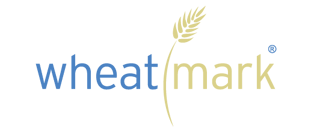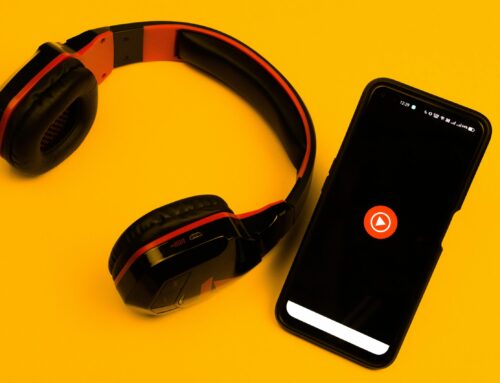There’s plenty of discussion about the retail pricing of independently published books, most of it centered on self-publishing book companies setting list prices too high. I get frustrated when industry experts write that these higher prices are a problem, without offering any evidence that this is the case. In the absence of price sensitivity studies, or of testing book sales at different price points, the “experts” are simply offering a guess based on their experience. I suspect that their experience comes from pricing books for the brick-and-mortar bookstore market. What a company like Barnes & Noble suggests for list prices for their stores isn’t necessarily right for a self-published books that will primarily be sold through online bookstores.
The online book sales market is, in fact, such a new market that it is unclear what pricing strategies are most advantageous to book sales.
In the absence of hard data, how should you price a book? You should price a book for profitability.
For example, if you opened up a specialty clothing boutique next to a Wal-Mart, you wouldn’t try to price your clothes at prices competitive to the box store. You’d go out of business. You don’t have the buying clout of the big boys, so you have to compete in some other way in order to maintain your profitability. You would offer better, more interesting garments at a markup that allowed you to make money!
Independent authors should do the same. Your book is a “boutique” item. It’s a loser’s game for the independent author to try and compete on price with major publishing houses selling through the chains. Even the major publishing houses and the bookstore chains are having trouble making a profit with their current pricing models. You have a specialty product, so price your book for profitability.
Take, for example, one of Wheatmark’s titles, How to Keep Jellyfish in Aquariums by Chad Widmer. Widmer’s book, although written in a way that will engage just about anyone, is not really an “anyone” kind of book. It is a specific book aimed at a specific group of people interested in a specific topic. A niche book does not need to use an unprofitable price to entice buyers. What a niche book needs to be is a quality book that is chock full of information that appeals to these highly motivated buyers (people who are interested in raising jellyfish at home).
Online channels require more intensive and personal marketing. It is harder to wave your book in front of someone, but with quality time spent on them, online marketing campaigns can be hugely successful.
My advice: don’t sell your book short. Price it based on what makes you a decent profit, and then market like crazy directly to your target market. You can always lower the price later if sales don’t materialize. However, I suspect if you’ve implemented a strong marketing campaign and aimed it at the right motivated buyers, lowering the price will not be necessary. Remember, every time you lower the price of your book, you guarantee that you will make less money on each book, but you don’t guarantee more book sales. However, every time you raise the price of your book, you guarantee that you will make more money on each book, but you don’t necessarily get fewer book sales.
Consider Mel Robin, author of A Handbook for Yogasana Teachers. He priced his book just under $100.00 and has sold over 2,000 copies to date! His first book from several years before, A Physiological Handbook for Teachers of Yogasana, has now sold close to 6,000 copies at $49.95!
Are you leaving money on the table by charging the lowest possible price for your book?

